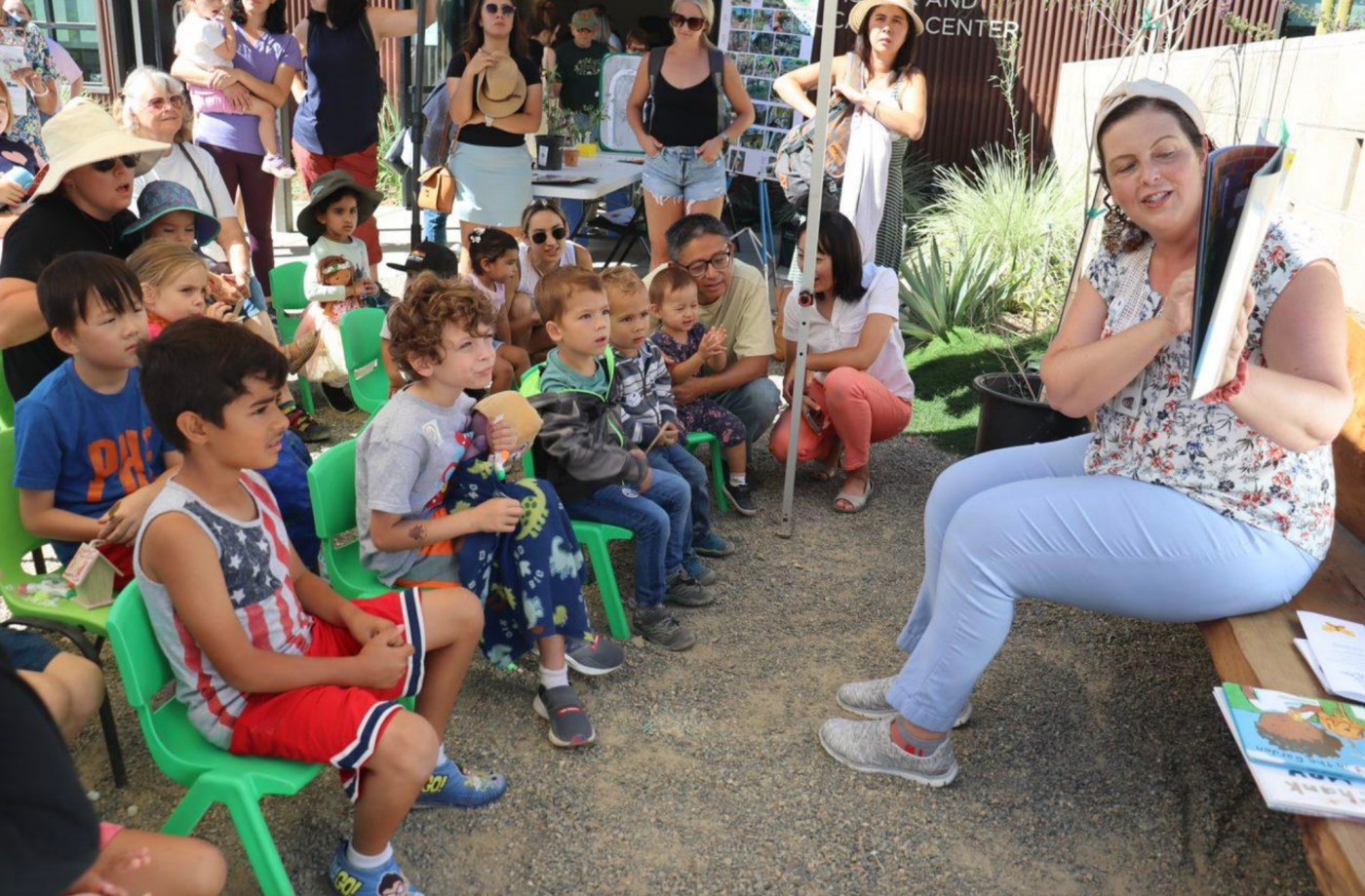
MARTINEZ — Library cards, book checkouts and adult literacy programs have surged across Contra Costa County — breaking numerous department records, despite being provided — free of charge — by the lowest-funded Bay Area library system of its kind.
The library’s proposed $45.6 million budget is one of the smallest pots within the $7.1 billion that will be allocated countywide in the next fiscal year, and its services come at virtually no cost. This funding is divvied up to all 26 branches, which are located in 18 cities, five unincorporated communities and one juvenile hall, as well as a slew of other online and community resources.
While the department’s budget is fully balanced and doesn’t operate at a deficit, county officials said its small staff and lack of funding is hampering ongoing efforts to make improvements and expand resources, such as restoring Sunday hours.
Alison McKee, who took the helm as county librarian in 2021, said Contra Costa lags behind the four other county-run library departments in the Bay Area when measuring local income per capita, which divides total government funding by service area population.
Since 1992, county voters have rejected four separate ballot measures for additional library funding, which require a supermajority to pass. One proposal to hike taxes by less than a dime lost by fewer than 1,000 votes.
Currently, library operations are funded almost entirely by local property taxes — revenue that is capped at 1% of a property’s full assessed value, otherwise known as the “ad valorem” rate. Contra Costa County then allocates 1.5% of that sliver to the library department.
McKee didn’t bring up this history to ask for more money As county executives reviewed department-level budget proposals for the upcoming fiscal year, McKee pointed to library staff’s track record of making ends meet with modest amounts of cash.
“This is our reputation in libraries in the Bay Area — we do a lot with very little,” McKee told the Board of Supervisors. She said one “silver lining” has been the partnerships that have grown with other local governments and charitable organizations, divvying up responsibility for things like building maintenance and extended hours of operation beyond the county’s 40-hour weekly baseline.
Contra Costa’s library system has never overspent its allotted funds. Since the department is never 100% fully staffed, any budgeted but unspent dollars go into a dedicated library fund, which can be used to acquire new collections, as well as fund facility projects and other one-time expenditures.
McKee said that flexible fund balance is critical to afford all other non-staffing costs, especially as salaries and benefits for the department’s roughly 250 full-time county staff positions account for nearly 80% of the department’s expenditures. Specifically, the leftover cash has helped fuel the $22.5 million plan to build a new, 21,000-square-foot library as part of the transit-oriented development planned for the Pittsburg-Bay Point BART station — located in the largest unincorporated community in Contra Costa County that lacks easy library access.
However, cost savings doesn’t make up for the fact that staff is still spread too thin, McKee said, which has hindered efforts to restore Sunday hours beyond the self-service pilot program that was rolled out at the Concord branch in December.
McKee reported last week that 28% of all households in Contra Costa County use a library card at least once a year, which is the highest rate of market reach since the metric was established in 2017.
Digital checkouts are also up 239% compared to rates before the pandemic — an increase that McKee said has helped compensate for the ongoing lag in physical visits to libraries in recent years.
However, library patrons continue to devour non-digital media. The department reported that the number of physical checkouts was more than double the rate of e-books. Participation in the county’s adult literacy program, Project Second Chance, also surged 25% this year, which McKee said is the highest rate on record.
In addition to ongoing tech upgrades at all branch locations, accessibility improvements and tweaks to streamline online renewals, she also pointed to the first anniversary of the Rolling Reader, which celebrated its first year on the road in November of 2023. As opposed to a bookmobile, Contra Costa’s library department receives roughly $215,000 in Measure X dollars each year to drive this early literacy outreach van to low-income communities. By delivering children’s books, early literacy tools and STEM activities, McKee said the goal is to help families expand their own home libraries.
California is the largest benefactor of the “grants to states” IMLS program, which distributes roughly $60 million annually. Part of that money provides free online subscriptions to the New York Times through all public libraries in the state.
While the department is anticipating that this subsidized access may fizzle by July, libraries in Contra Costa County plan to use money in its dedicated fund balance to foot the bill.
As state and federal funding levels for all library programs remain uncertain, staff lauded the numerous partnerships across its 26 branches, where a range of wellness teams, social workers, veteran services, mobile health clinics and other public services operate at library locations.
Supervisor John Gioia echoed that praise.
“The big issue we always face is, how do we try to obtain more funding for libraries across the county?” Gioia said. “That’s always been a challenge.”